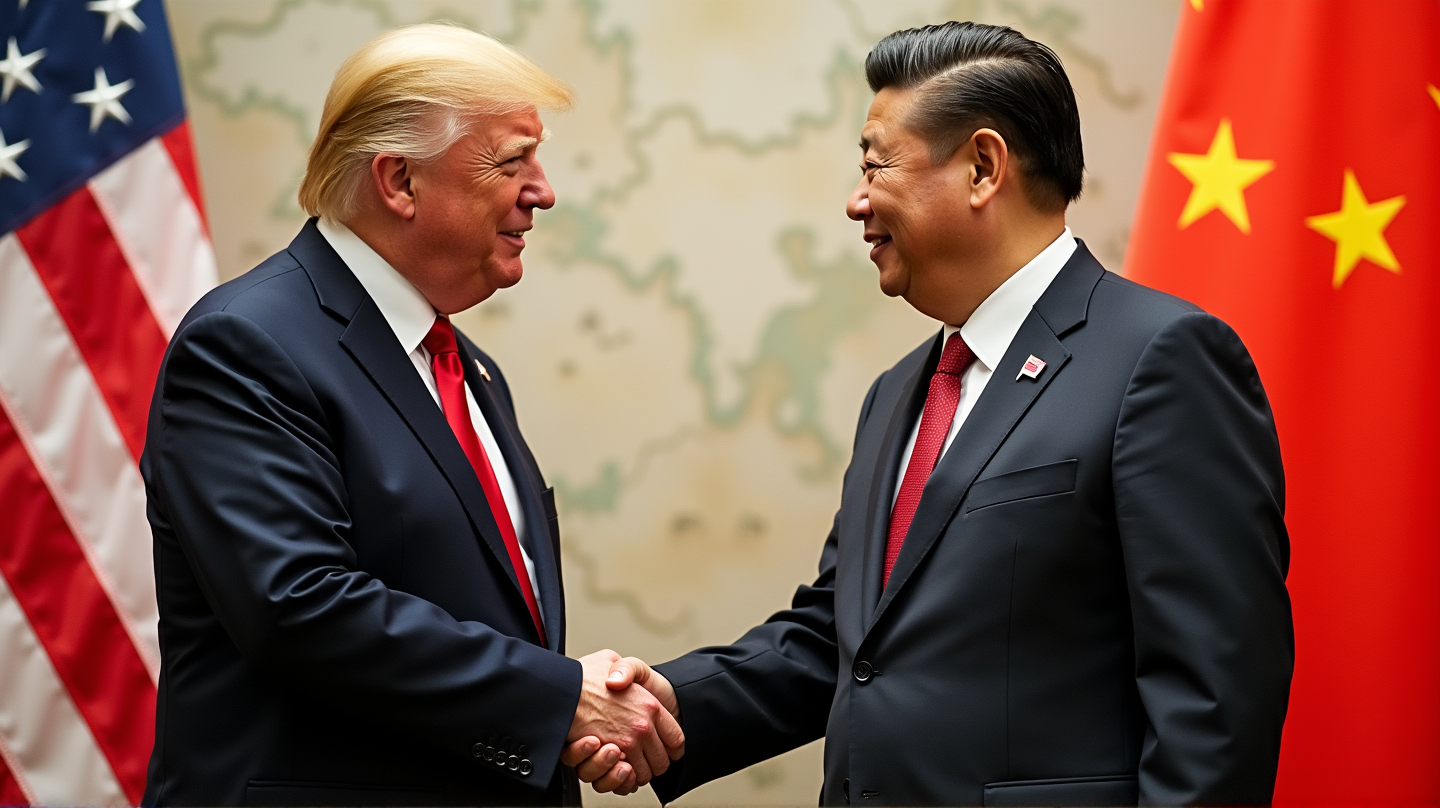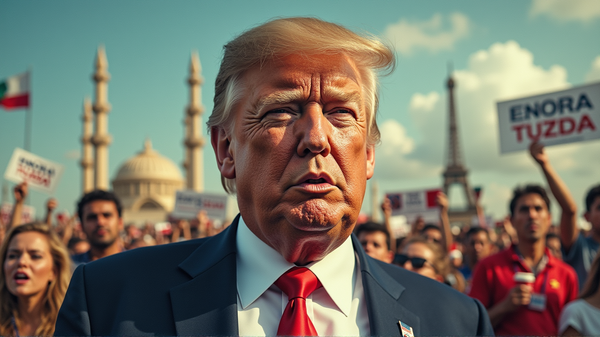High-Stakes Meeting: What Trump and Xi's Encounter Could Mean for the Global Economy
Explore the potential repercussions of the anticipated Trump-Xi meeting at the APEC Summit, as tensions simmer in ongoing US-China trade relations.

Emerging Tensions: A Backdrop to the Summit
As the leaders of the world’s two largest economies gear up for a pivotal meeting at the Asia-Pacific Economic Cooperation (APEC) Summit in Gyeongju, South Korea, the globe holds its collective breath. The potential encounter between U.S. President Donald Trump and Chinese President Xi Jinping is more than a mere diplomatic activity—it is a significant junction in the ongoing trade tensions between these economic behemoths.
Washington’s Strategic Moves
The Trump administration is reportedly eager to find ground with Beijing, recognizing the unsustainability of prolonged economic disputes. With global economies already suffering from the ramifications of persisting trade frictions, the spotlight remains on Washington’s willingness to forge a channel of resolution with China. The high stakes are underscored by economic realities—inflation and market disruptions are alarming enough to necessitate swift action.
Beijing’s Calculated Response
On the Chinese side, President Xi Jinping faces the challenge of addressing Washington’s expectations without losing footing in the international arena. With sanctions crimping access to U.S. markets, China’s strategic adaptations are increasingly becoming evident. Last year alone, the U.S.–China bilateral trade surpassed $600 billion, and Beijing is all too aware that flexibility in negotiation could ease existing constraints.
What’s at Stake for Global Markets
The implications of this anticipated meeting could ripple across global markets. Should a comprehensive economic agreement be reached, the tit-for-tat tariff scuffle might see a slowdown. Such an outcome would reassure investors, easing market anxieties and potentially restoring a semblance of normalcy to bilateral trade dynamics. Moreover, China’s expansive Belt and Road Initiative (BRI) stands to benefit significantly, potentially diffusing some regional tensions.
Prospects and Continuing Challenges
Yet, the prospect of a deal, while hopeful, doesn’t signify the end of the trade conflict. Even a tentative agreement would only represent a temporary ceasefire, offering both nations a brief reprieve to recalibrate their strategies. The underlying complexities of U.S.–China relations necessitate a continued dialogue, where strategic interests and global leadership ambitions must be carefully balanced.
Looking Forward
As world leaders converge at the APEC Summit, the potential meeting of Trump and Xi emerges as a critical juncture for global trade. The world watches closely, hoping for a diplomatic path that can stabilize economic relations and foster an environment where interdependence isn’t shackled by relentless rivalry but is instead nurtured into a cooperative future. According to TRENDS Research & Advisory, the insights gathered from this meeting could shape the trajectory of international trade for years to come.





